ABB's four control modes for industrial robots
Published:2023-01-17 16:55:29
I. Point control mode (PTP)
This control mode only controls the position of discrete points specified by the end effector of industrial robots in the workspace. When controlling, only the industrial robot is required to be able to move between the adjacent points quickly and accurately, and there is no stipulation on the trajectory to reach the target point.
Positioning accuracy and time required for movement are the two technical indexes of this control mode. Because this control mode has the characteristics of simple implementation and low positioning accuracy requirements, it is often used in loading and unloading materials, handling, spot welding, installation of components on the circuit board, etc., as long as the correct operation of the end-effector position is maintained at the target point. This method is relatively simple, but it is difficult to achieve 2-3um positioning accuracy.
Ii. Continuous Trajectory Control Mode (CP)
The control mode is to continuously control the position of the end effector of the industrial robot in the working space, in strict accordance with the predetermined trajectory and speed in a certain precision range, speed control, smooth trajectory, smooth movement, to complete the task.
Each joint of the industrial robot moves continuously and synchronously, and its end-effector can form a continuous trajectory. The main technical index of this control mode is the trajectory tracking accuracy and stability of the position of the end-effector of industrial robots. The control modes of arc welding, coating, hair removal and inspection robots are usually adopted.
Three, force (moment) control mode.
Assembly, grasp the object work, not only requires correct positioning, but also requires the use of appropriate force and torque, must use (torque) servo mode. The principle of this control mode is basically the same as that of position servo control, but the input and feedback are not position signals, but force (moment) signals, so the system must force (moment) sensor. Sometimes the proximity, sliding and other sensing functions are used to adapt the control situation.
Four, intelligent control mode.
The intelligent control of the robot is to obtain the knowledge of the surrounding environment through the sensor and make corresponding decisions according to its internal knowledge base. Using intelligent control technology, the robot has strong adaptability to the environment and self-learning ability.
The development of intelligent control technology depends on the rapid development of artificial intelligence such as artificial neural network, gene algorithm, genetic algorithm and expert system in recent years. This mode of control mode, industrial robot talent may really have the landing taste of artificial intelligence, but the most difficult to control, in addition to the algorithm, but also heavily rely on the precision of the components.
From the essence of control, the current industrial robot is often in the relatively low-level spatial positioning control stage, the intelligence content is not large, it can be said that it is just a relatively flexible robot arm, and there is a long distance from people.
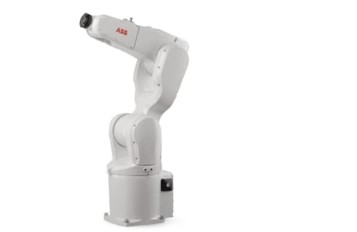
-
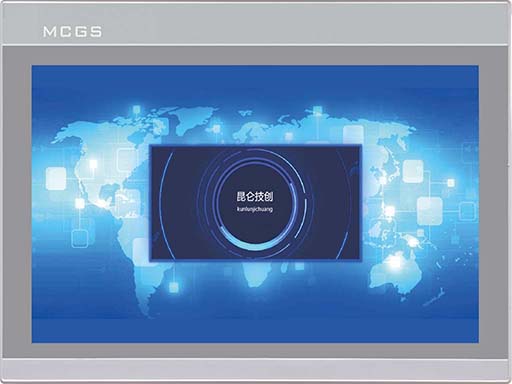 202303-03
202303-03MCGS touch screen 485 communication precautions
1. Variables in the real-time runtime cannot simultaneously add channels and use functions to send data.2. In the parent device of the universal serial port, COM port indicates 232 or 485. In touch, C···
-
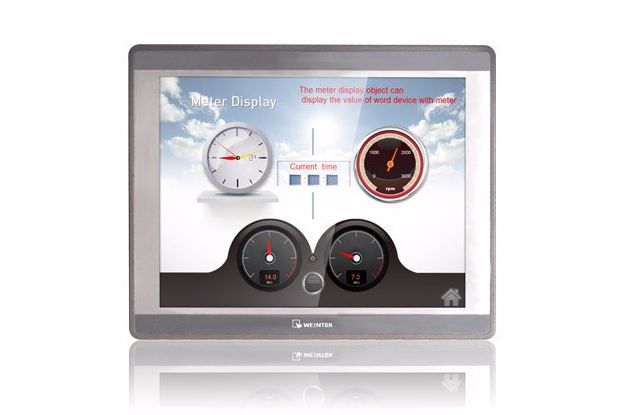 202301-06
202301-06Fault analysis and maintenance steps of WEINVIEW touch screen failure to turn on
1. The power cable is incorrectly connectedThis may seem obvious, but make sure the power cord is connected to the back of the touch screen and plugged into a power outlet. If it looks connected corre···
-
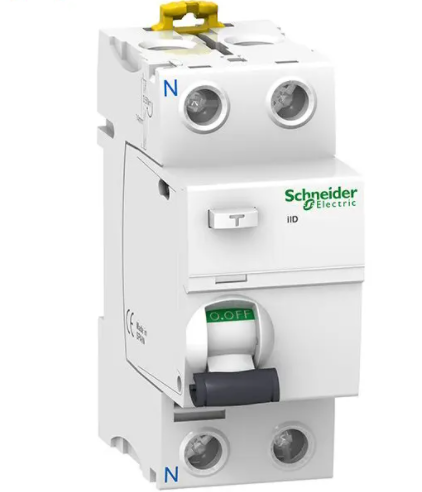 202303-08
202303-08Cause of frequent trip of Schneider leakage switch
1. Bad deviceEach pile lead wire is not firmly connected, long-term loose, will cause the pile head heat, oxidation, burn the outer insulation of the wire, and announce the spark and coke taste, the f···
-
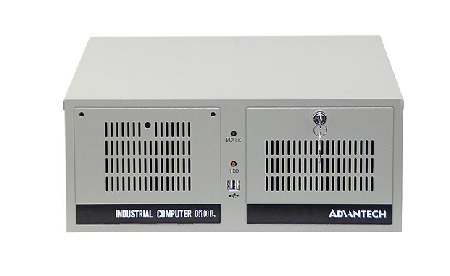 202212-29
202212-29Advantech industrial computer can not open the machine what are the reasons?
One is the problem of the industrial computer motherboard, the second is the problem of the industrial computer power supply, the third is the problem of the display.Advantech industrial computer can ···
-
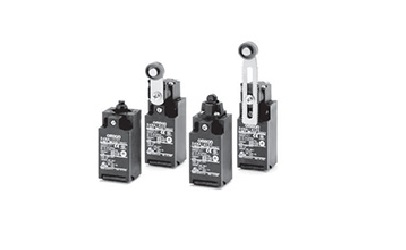 202304-21
202304-21Fault detection methods for Omron relays
Fault detection Method One1. You can first check whether the voltage of the Omron relay is high or low. Generally, the maximum voltage is between 180V and 240V.Fault detection Method two2. In addition···



 +8618621383628
+8618621383628 +8613811814778
+8613811814778 info@zhongpingtech.com
info@zhongpingtech.com Building 26, Liyuan Community, Chaoyang District, Beijing, China
Building 26, Liyuan Community, Chaoyang District, Beijing, China